An Assessment of Flow-Based Market Coupling in the Nordics
Our Market Expert for the region, Priyanka Shinde takes an in-depth look at the advantages and drawbacks of Flow-Based Market Coupling ahead of its October 2024 implementation.

A guide to the Nordic energy sector 2024
Our expert analysis of trends, challenges, and milestones shaping the Nordic electricity market.
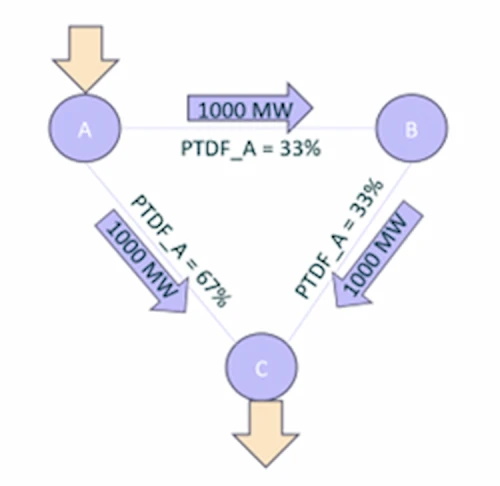
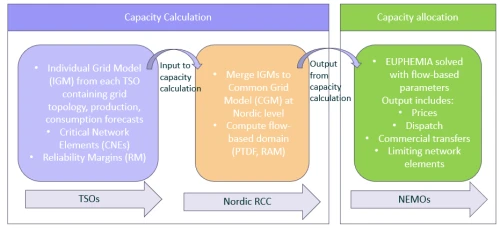
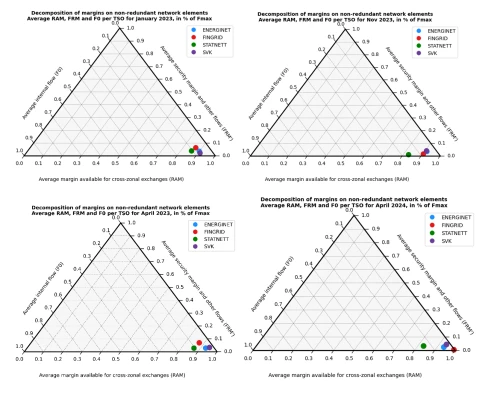
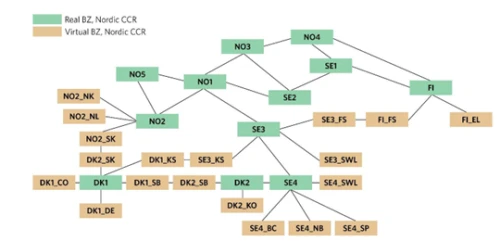
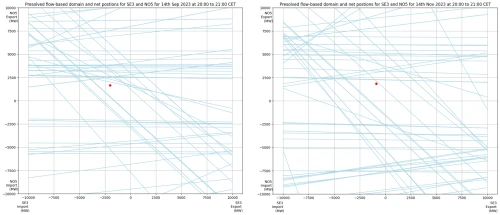

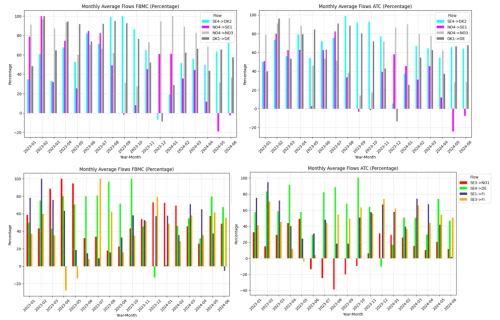

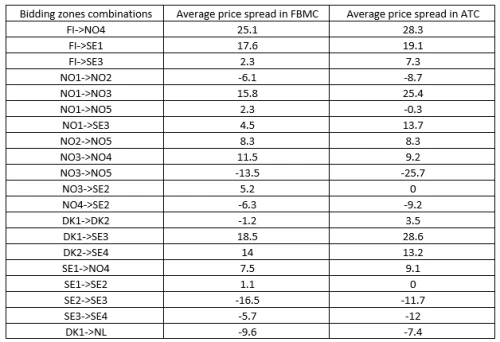

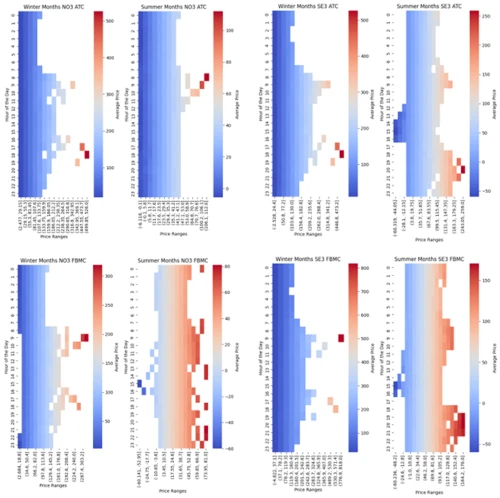

Follow market changes as they happen